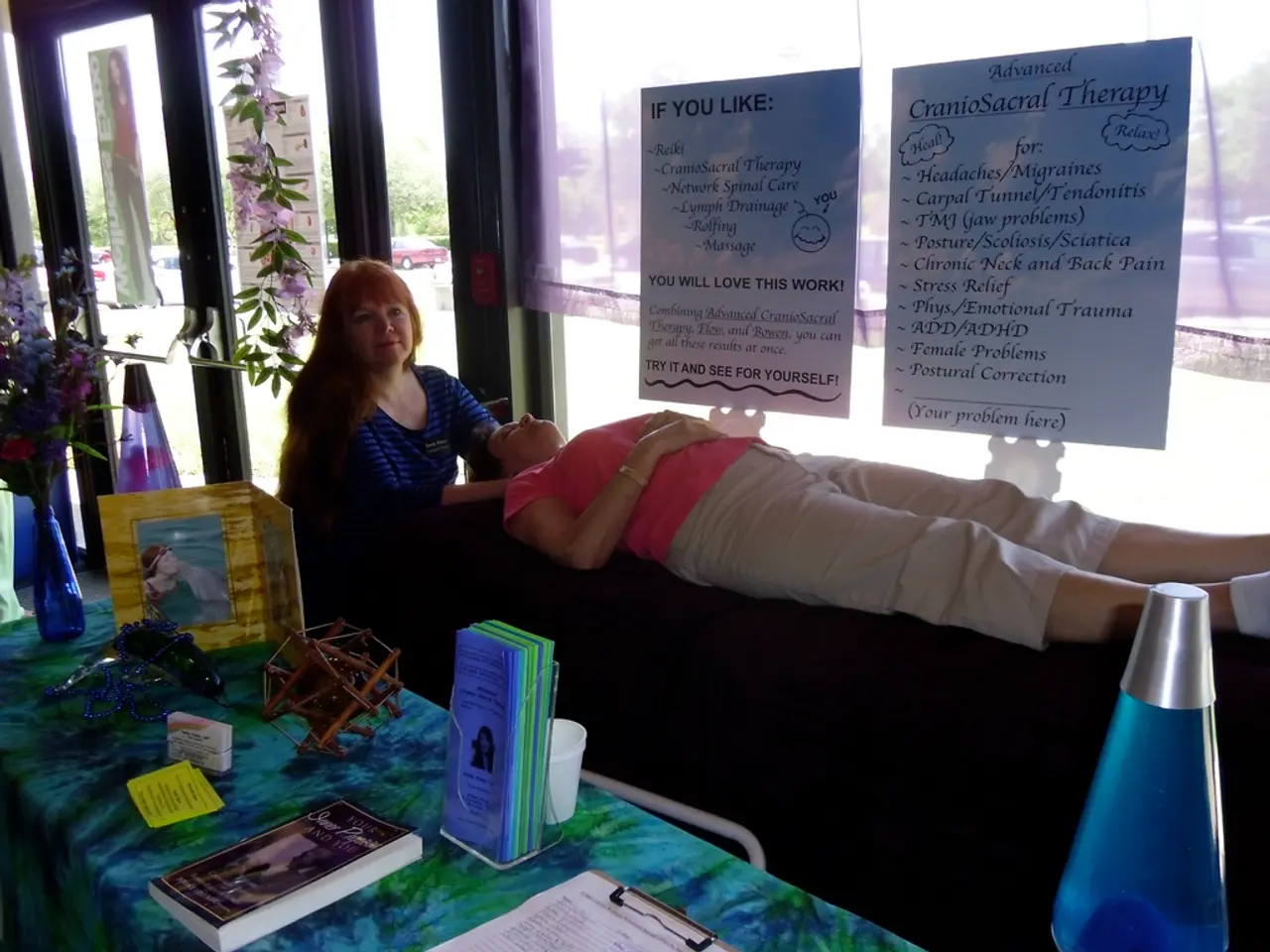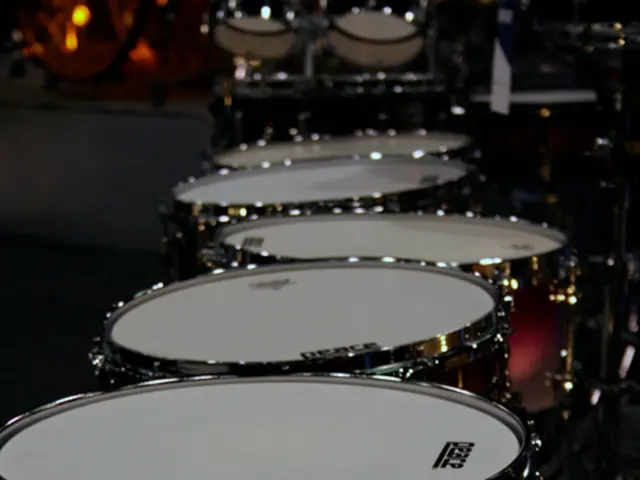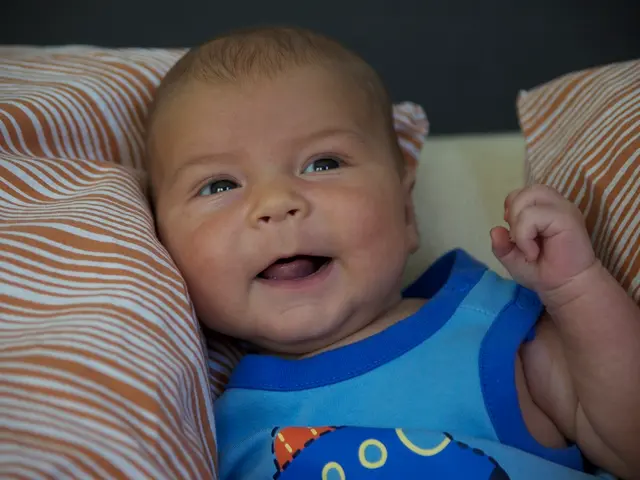Trichotillomania: Symptoms, Underlying Factors, and Therapeutic Approaches
Trichotillomania, a condition characterized by an overwhelming urge to pull out hair, affects between 0.5% to 2% of the population, according to recent research. This hair-pulling disorder can lead to significant distress and impact quality of life, with some individuals even developing a condition called trichobezoar, a hairball in the stomach formed from eating pulled hair.
## Common Treatment Options
The management of trichotillomania typically involves a combination of behavioural therapies and medication. Cognitive Behavioural Therapy (CBT) and Habit Reversal Training (HRT) are primary therapeutic approaches, with HRT focusing on helping individuals recognize and manage their hair-pulling behaviours by replacing them with alternative actions.
Medications, such as Selective Serotonin Reuptake Inhibitors (SSRIs) and N-acetylcysteine (NAC), are also used to address co-occurring conditions like anxiety or depression and to reduce compulsive behaviours associated with trichotillomania. Other therapeutic approaches, including mindfulness-based therapy, acceptance and commitment therapy (ACT), and Comprehensive Behavioural Intervention for Tics (CBIT), can enhance self-awareness and resilience, contributing to overall well-being.
## Effectiveness Summary
Combining behavioural therapy with medication is generally more effective than either approach alone. Tailoring treatment to individual needs and circumstances is crucial for optimal outcomes. Incorporating stress management techniques, sensory tools, and support groups can significantly aid recovery by building resilience and reducing urges.
It's important to note that further controlled clinical trials are necessary to determine the safest and most appropriate drug treatments for trichotillomania, as the studies conducted thus far have used very small sample sizes and did not report information on side effects.
Risk factors for trichotillomania include a genetic history of the condition and a history of childhood trauma. The condition appears to be equally prevalent among males and females during adolescence, but adult females are more likely to report it than males.
Trichotillomania is classified as an obsessive-compulsive disorder in the DSM-5, the manual most mental health experts use to diagnose mental health-related conditions. Symptoms of trichotillomania include repetitive hair pulling, relief after pulling, inability to stop, anxiety, stress, and other repetitive hair-related behaviours.
Almost a third of people with trichotillomania say they have a low quality of life due to the condition. Some individuals may also have other conditions, such as anxiety, attention deficit hyperactivity disorder (ADHD), depression, and obsessive-compulsive disorder (OCD).
In conclusion, managing trichotillomania requires a comprehensive approach that considers both behavioural therapies and medication. By working closely with healthcare professionals and following an individualized treatment plan, individuals can find relief and improve their quality of life.
- Integrating mindfulness-based therapy and acceptance and commitment therapy (ACT) into treatment plans can help boost self-awareness and resilience for individuals with trichotillomania, contributing to their overall health-and-wellness and mental-health.
- In the realm of health-and-wellness and skin-care, avoiding habits that may lead to hair loss, such as pulling or excessive styling, can be beneficial for those struggling with trichotillomania.
- A balanced nutrition and proper supplementation, such as with N-acetylcysteine (NAC), may aid in the management of trichotillomania, as well as any co-occurring anxiety or depression, as part of a holistic approach to therapies-and-treatments.






